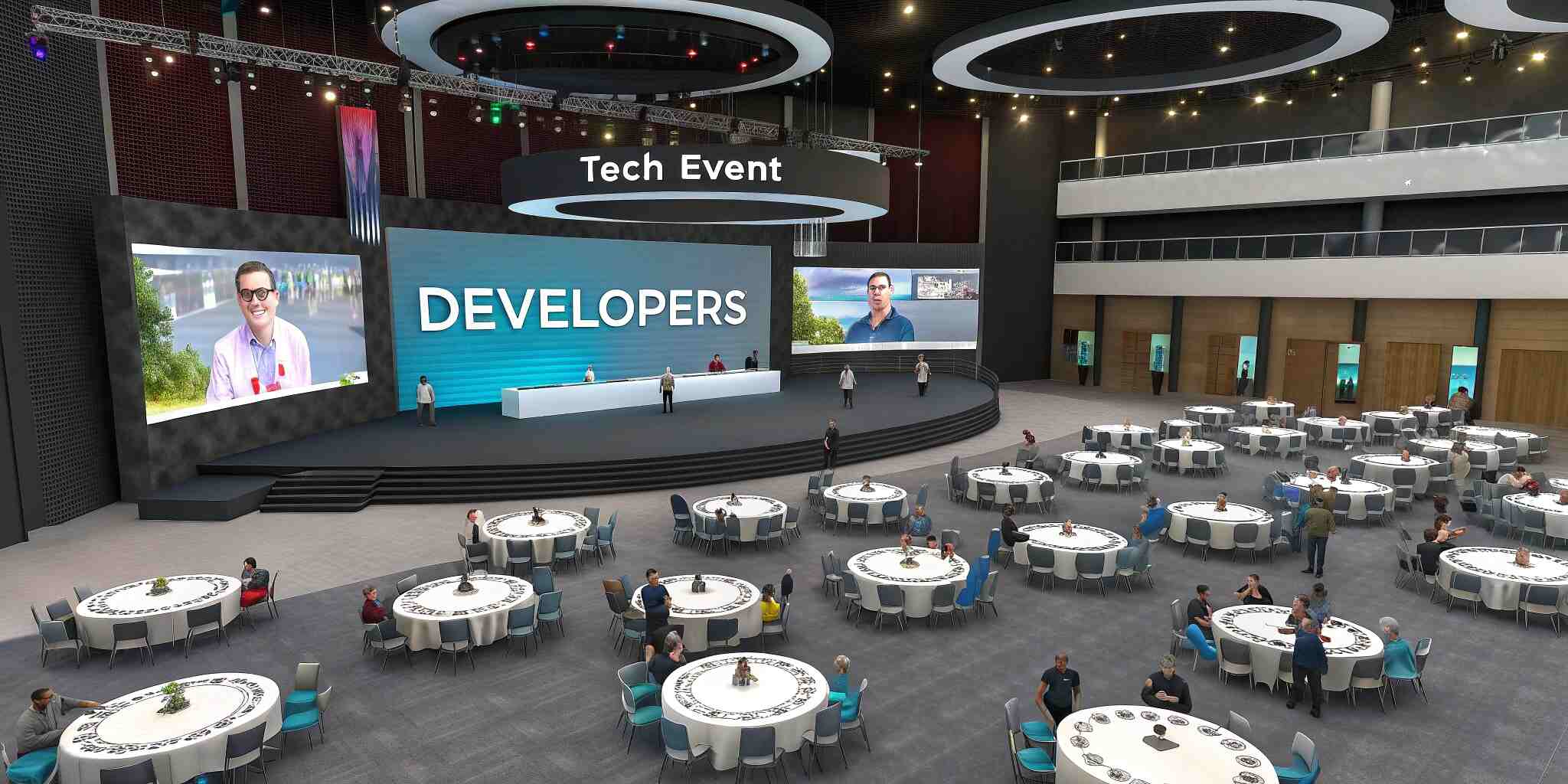In the tech world, developers are not just users — they’re influencers, decision-makers, and product advocates. Building a strong developer community around your product is a powerful, long-term strategy to boost awareness, feedback, and adoption.
Whether you're launching an API, SDK, SaaS tool, or platform, creating a community helps humanize your brand, build trust, and encourage organic growth. Let’s dive into how to effectively create and nurture developer communities that support your product’s success.
1. Understand Developer Needs and Mindsets
Developers value:
- Transparency over marketing speak
- Documentation over demos
- Support over sales
Before anything else, align your community goals with what developers actually care about: solving problems, learning, and collaborating.
2. Choose the Right Platforms
Where you build your community depends on where your audience hangs out. Popular platforms include:
- GitHub – Open-source projects, issue tracking, contributions
- Discord / Slack – Real-time chat, Q&A, collaboration
- Reddit & Stack Overflow – Credibility through engagement
- Twitter (X) – Developer news, quick updates, memes
- Dev.to / Hashnode – Long-form technical content and discussions
Having a presence across a few focused platforms works better than being everywhere.
3. Provide Valuable Resources
Developers engage with communities that offer real value:
- Detailed documentation and getting started guides
- API references, SDKs, and code samples
- Tutorials, blog posts, and how-tos
- Interactive sandboxes or live playgrounds
Make sure your onboarding experience is frictionless and your resources are always up to date.
4. Encourage Contribution & Recognition
Foster participation by:
- Allowing community members to submit bug reports, feedback, or plugins
- Hosting open-source projects or extensions
- Recognizing top contributors with shoutouts, badges, or swag
- Encouraging content contributions (blogs, talks, videos)
This turns users into co-creators and ambassadors.
5. Host Developer-Focused Events
Events boost engagement and deepen trust:
- Webinars and AMAs with product teams
- Hackathons or coding challenges
- Meetups (virtual or physical)
- Office hours or community Q&A sessions
Promote these via social platforms, newsletters, and in-community announcements.
6. Involve Developer Advocates or Evangelists
Developer Relations (DevRel) is critical for long-term community success. A DevRel team:
- Creates technical content
- Answers questions in forums
- Represents developers within your company
- Builds relationships with other tech communities
They act as the bridge between product and developer needs.
7. Keep the Feedback Loop Open
Communities thrive when members feel heard. Make sure:
- Product teams actively listen to developer suggestions
- Roadmaps are shared transparently
- Regular updates reflect user input
This builds loyalty and advocacy organically.
8. Measure Community Health and Growth
Track key metrics like:
- Active contributors
- Forum discussions and questions
- GitHub stars, forks, and pull requests
- Retention rates from webinars or events
- Signups or API calls from community sources
Use tools like Orbit, Common Room, or custom dashboards to measure impact.
Conclusion
Creating a developer community isn’t just a marketing tactic — it’s a strategic investment in your product’s lifecycle. From early feedback to viral adoption, a strong community can become your most effective growth engine.
By prioritizing developer experience, providing value, and fostering collaboration, you can turn users into enthusiasts, contributors, and long-term advocates.


